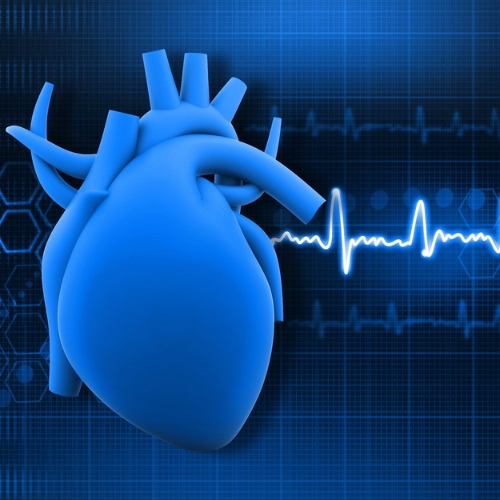Key points from article :
A major breakthrough in organ transplantation medicine has been achieved by scientists at Harvard’s Wyss Institute and SEAS. They have developed a new 3D printing technique that mimics natural blood vessels, bringing us closer to growing functional human organs in the lab. This innovation, published in Advanced Materials, focuses on creating complex vascular networks using a method called "co-SWIFT," which allows the creation of blood vessels with multiple layers, including a core of endothelial cells and a surrounding shell of smooth muscle cells. These artificial vessels successfully mimic the structure and function of real blood vessels, a crucial step in producing viable lab-grown organs.
Using a special core-shell nozzle, the team printed vascular networks in both cell-free and living tissues. These networks were tested in human heart tissue, where the printed vessels supported healthy heart function. After several days, the tissue began to beat in unison, responding to heart medications in a way that resembles real human heart tissue.
The researchers even 3D-printed a model of a real patient’s coronary artery, demonstrating the potential for personalized medicine. In future work, the team plans to integrate smaller capillaries with their printed vessels to further improve the functionality of lab-grown organs. This research marks an exciting step toward one day creating fully functional, implantable human organs.







